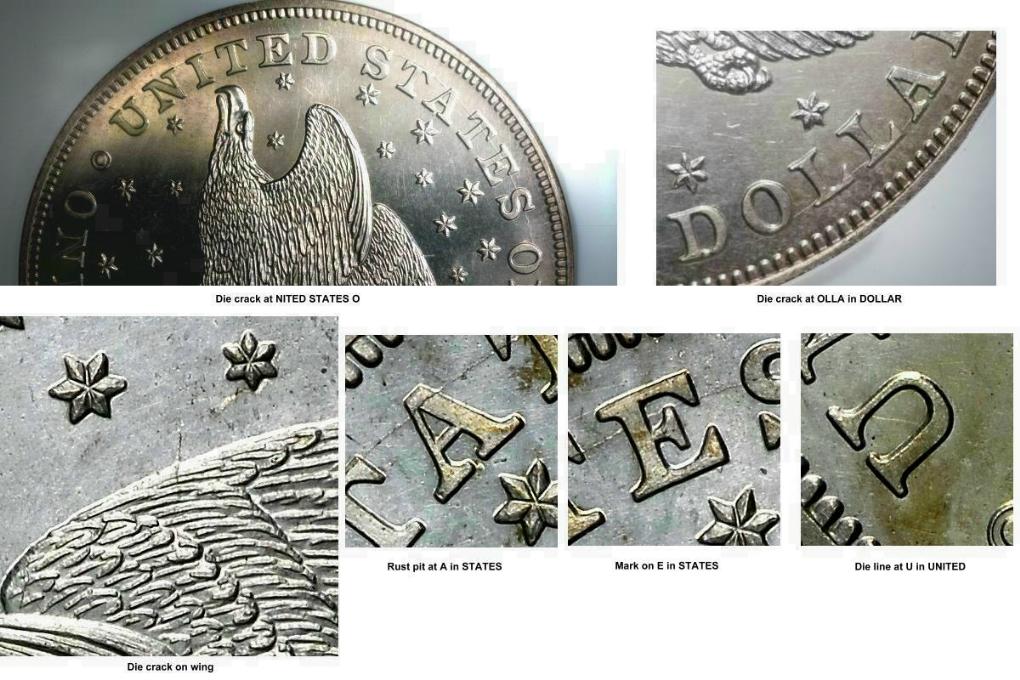

 This is the famous 1836 Gobrecht dollar with "C. GOBRECHT F." in the exerge below the base. All examples known today are restrikes first struck in the 1858 to 1859 timeframe. Craig Sholley notes its first mention in Joseph Mickley's "Dates of United States Coins, and Their Degrees of Rarity", published in July 1858. John Dannreuther, in May 2015, has proven using overlays of the 2 dies that this die was created from the name removed hub. No originals in alignment I could ever been made in 1836 as this die simply did not exist ! It appears to have been created strictly to make rarities for sale to collectors, possibly for trade for Washingtoniana which was common at the time. For additional information on this click here. As for the C GOBRECHT F, it would be interesting to compare the lettering here with the 1840 hub splasher JA1840-4/P3073 to see if they are the same, ie made from a gang punch. Today, somewhere between 30 and 40 are believed to exist. The earliest ones, apparently around a dozen, were struck in die alignment IV with later ones being struck in die alignment III on several occasions from the 1860s to early 1870s. The Dr. Korein collection, now in the ANS, had 6, 2 in alignment IV and 4 in alignment III at the time of the donation. To see images of 31 examples, click here. Its first sales appearance was Ed Cogan's December 1859 sale of the Joseph N.T. Levick collection. Cogan noted in the June 1867 edition of the American Journal of Numismatics that 18 examples were struck. This number would have to have included both die alignments based on what we see today. It is clear that some were struck after that date. This reverse, only used for restriking, has various die markers which are noted in the illustration below with the little pit on the foot of the E and the die line through the U among the later ones.  The very latest examples show extensive work by STATES which thinned the crack, removed portions of the denticles and partially removed the raised die mark between the base of the "A" and the die scratch in "U". This is visible on the Eliasberg example as shown below. The Eliasberg-Simpson coin establishes that some examples of J58/P61 represent the last use of this reverse die as it was struck later than any known 1838 or 1839 dated muling. Examples were also struck in copper J59/P62 with 3 confirmed to exist. For additional information on this and all copper Gobrecht dollars, click here. For the latest information on this from Craig Sholley, John Dannreuther and Saul Teichman, click here. For the latest on all Gobrecht dollars, click here courtesy of our friends at Heritage. Photos courtesy of Superior, Heritage, PCGS and John Dannreuther. |